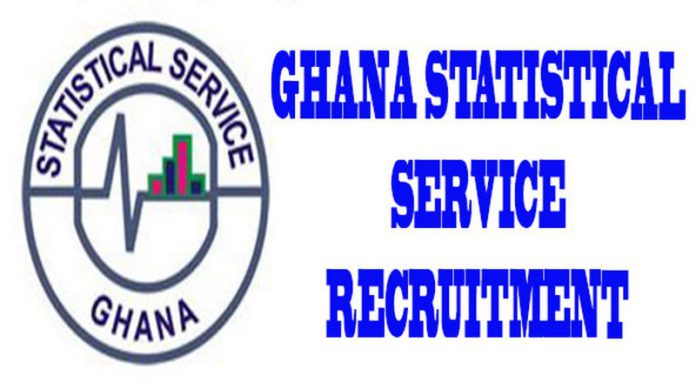The Ghana Statistical Service (GSS) has released scorecards on multidimensional poverty for all 261 districts in Ghana.
The scorecards reveal that the Nabdam District in the Upper East Region is the poorest district in Ghana, with a multidimensional poverty rate of 68.6%. This is about 11 times higher than the national rate of 24.3%.
The multidimensional poverty index is a non-monetary deprivation measure that comprises 13 indicators in four dimensions: living conditions, education, health, and employment.
The scorecards provide statistics on the proportion of the population within the district that lives in multidimensionally poor households, experiencing multidimensional poverty, and the ranking of the district relative to other districts in the region and to all districts in the country.
The scorecard also presents information on the areas in which poor persons in the district are most deprived. The data source is the 2021 Population and Housing Census.
The Statistical Service has further released five key takeaways based on a preliminary analysis of the district scorecards:
– Incidence of multidimensional poverty in 23 districts is higher than 50 percent, which is more than twice the national rate of 24.3 percent.
– Multidimensional poverty in the Nabdam District (68.6%) in the Upper East Region is the highest, which is about 11 times higher than in Asokwa Municipality (6.3%) in the Ashanti Region, the lowest.
– In 55 of the districts with both rural and urban residential settlements, there is at least a 20.0 percentage point difference in the incidence of multidimensional poverty with the highest disparity in Kwahu Afram Plains North (38 percentage points).
– In nine out of every 10 districts, multidimensional poverty is higher for female-headed households compared to male-headed households.
– The principal contributor to multidimensional poverty across districts are employment (206 districts) and insurance coverage (55 districts). Employment contributes between 22.9 percent and 56.7 percent across the 206 districts, while insurance coverage contributes between 23.5 percent and 29.7 percent across the 55 districts.
ALSO READ:

